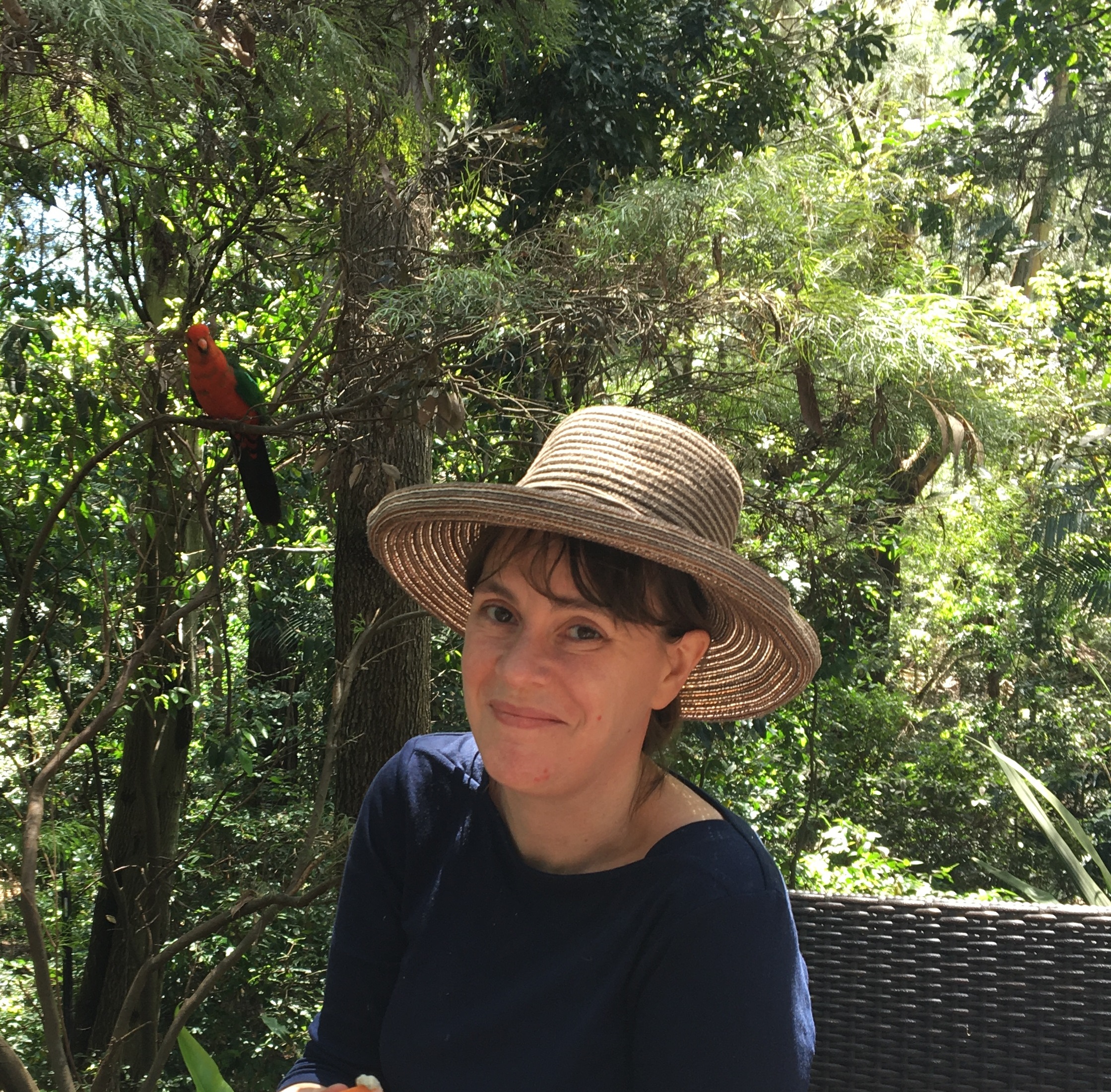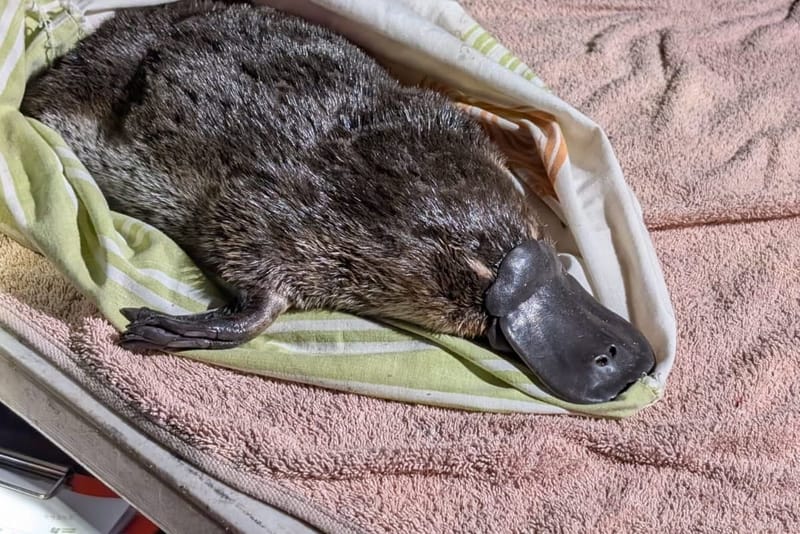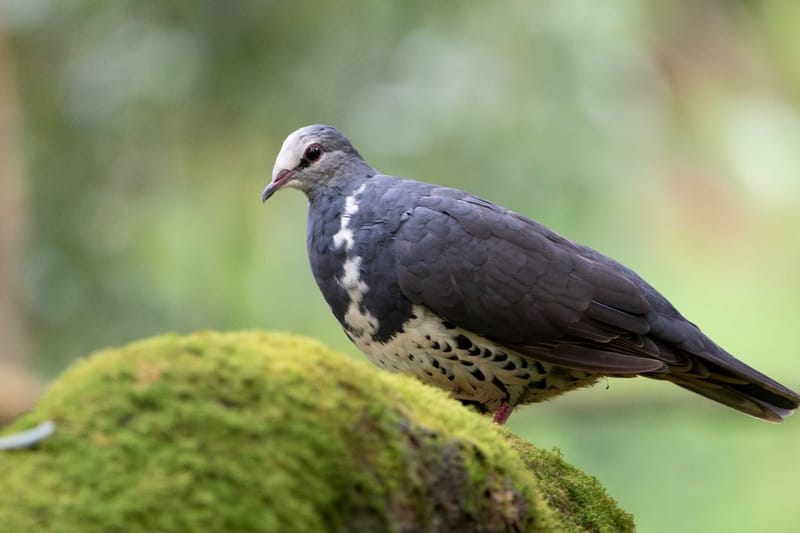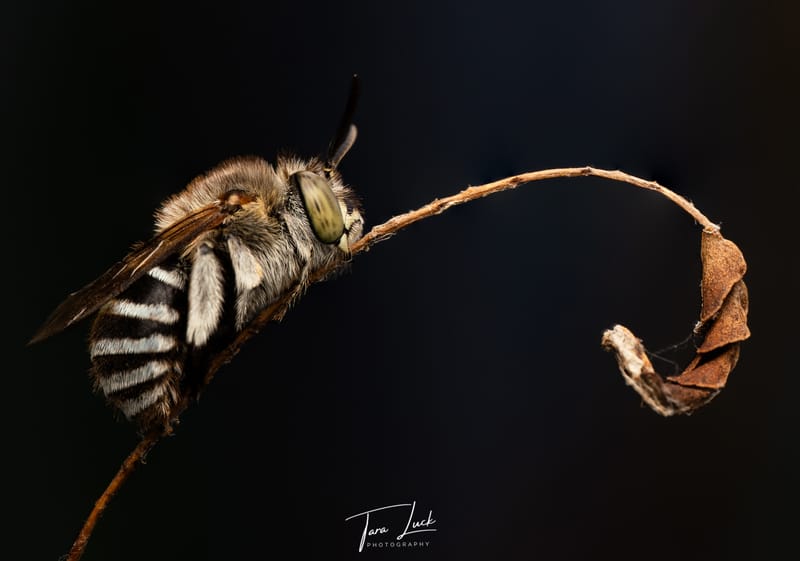Mistletoe in November: A growing tradition for Illawarra paperbarks
Whew, we're over Halloween! Banish the pumpkins, wipe down the cobwebs and put away the skeletons until next year. (And to be honest, I couldn't come up with any relevant local native plant themes for Halloween, which is why I completely ignored the...
Whew, we're over Halloween! Banish the pumpkins, wipe down the cobwebs and put away the skeletons until next year. (And to be honest, I couldn't come up with any relevant local native plant themes for Halloween, which is why I completely ignored the occasion).
But now in the lee of another widely celebrated event in the Australian calendar, it's time for local plants to shine. Yes, the Mistletoes are coming into their own!
Mistletoe has a long cultural history, associated with species that flowered even in the harsh winters in northern Europe. Its ability to flower in those harsh conditions probably accounts for its association with fertility and virility.
Australia's Mistletoes are a different story altogether and generally flower in the warmer spring and summer months. Here's just one species that's doing its thing right now, the Paperbark Mistletoe (or Amyema gaudichaudii).
It grows almost exclusively on our local Paperbarks (Melaleuca species), and has tiny, delicate red flowers that mark it out from the creamy flowers of the Paperbark.
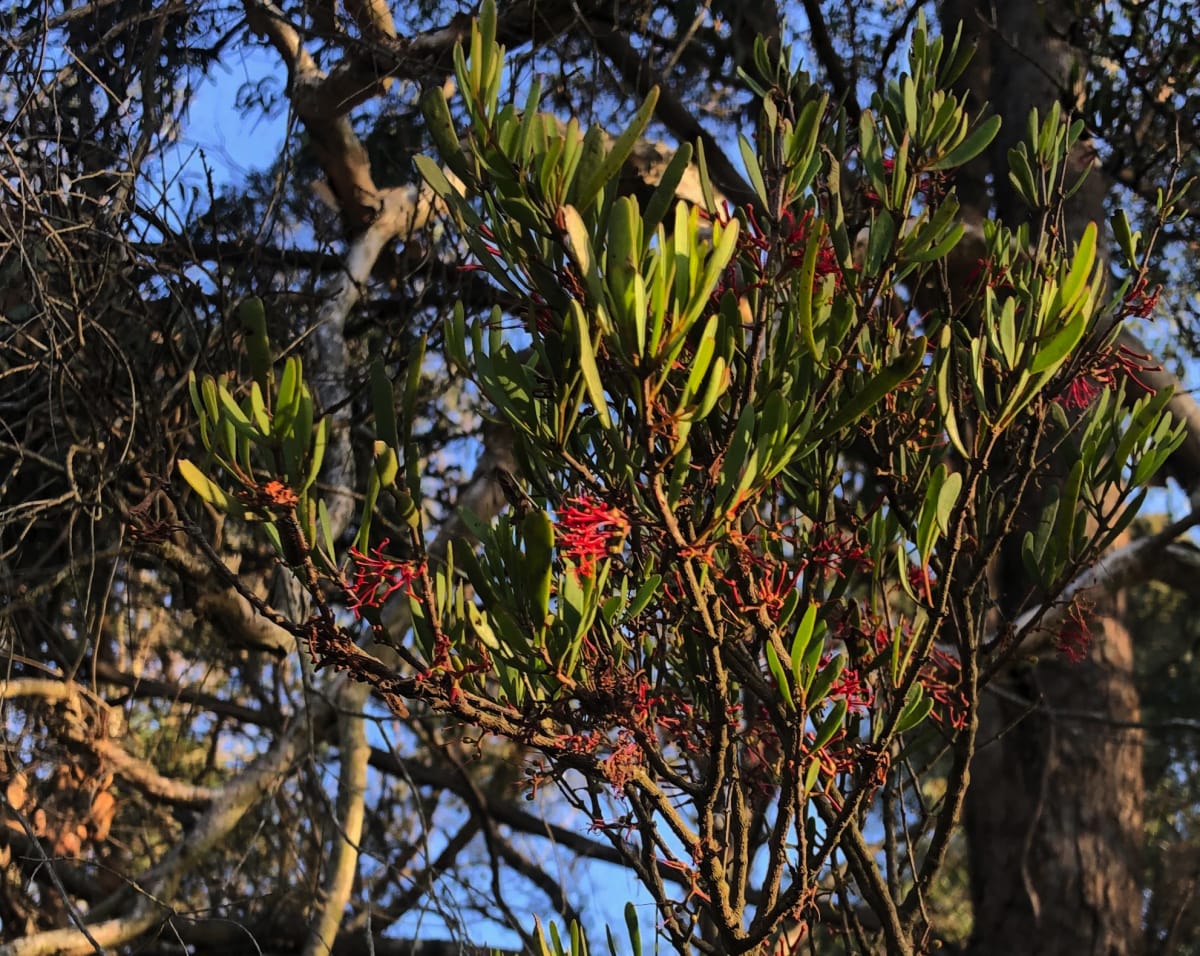
There are about 20 indigenous parasitic plant species in the Illawarra region, most of which are Mistletoes.
Some have much larger leaves and flowers than this one. Some have smaller leaves and tiny insignificant flowers, such as the Devils' Twines (Cuscuta species) that crawl around and can almost suffocate their host plants. But they are all adding to local biodiversity.
Scientific research over the past couple of decades has confirmed that parasitic plants such as Mistletoes bring in a wide range of native pollinators (bees, wasps, flies, etc) and help shade the ground below the eucalypts, she-oaks and paperbarks they call home, allowing the next generation of plants to germinate and grow up.
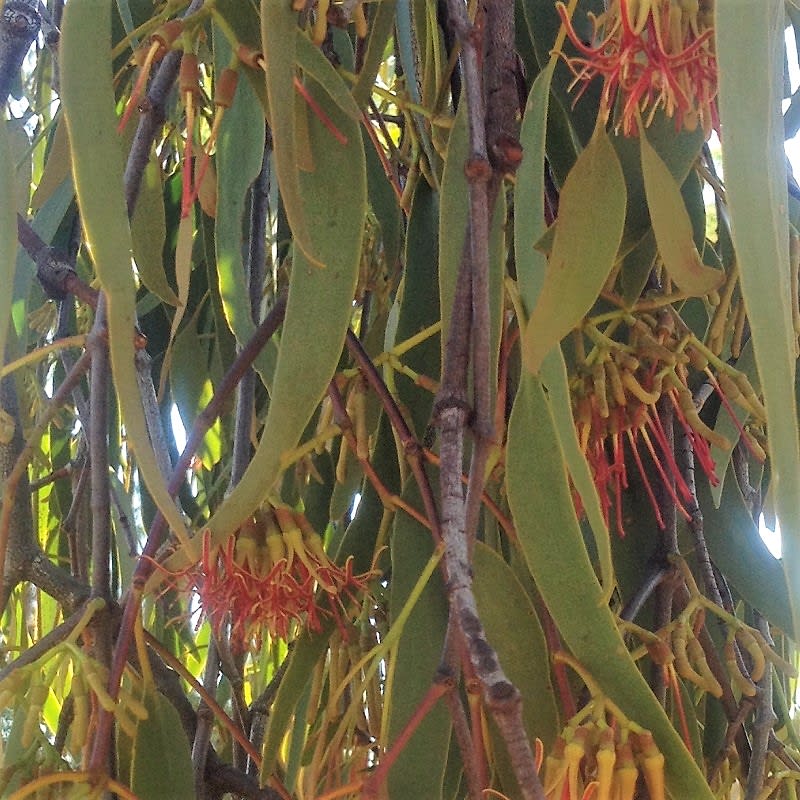
Illawarra's local Mistletoes and other parasitic plants are fascinating, and there's still a lot to learn. I'm not recommending anyone perpetuate the European end-of-year festive traditions, but I do suggest you go out to your nearest woodland or forest and see if you can spot any Mistletoes doing their colourful thing.

